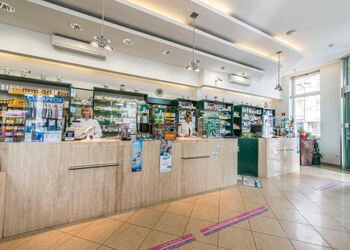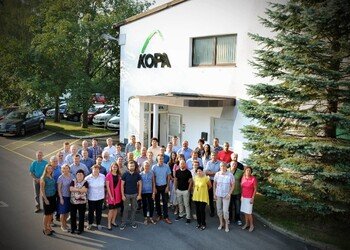With the new system, it will be easier for me to monitor our productivity

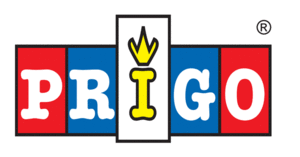
Solution:
Time &
Attendance
Content:
- How did the company start using a single system for recording working time instead of three separate ones?
- How is the company simplifying IT and introducing a more effective overview of work and productivity?
- How will the new system shift responsibility to heads of departments in a group that is expanding?
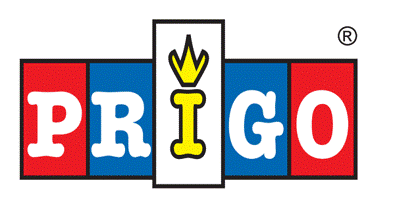
Prigo Group
- Industry: logistics, servicing and maintenance of cars and trucks, spare parts trade
- Company size: medium
- Number of employees: 203
- Number of branch offices and companies: 4 offices in Slovenia, 3 Prigo Group companies in Slovenia, 1 company in Croatia and 1 company about to be founded in BiH
- Special achievements:
- the only Slovenian GDP-certified carrier of pharmaceuticals;
- the largest truck repair shop within an approx. 400 km radius.
Challenge
Until November 2021, the Prigo Group had been using three different systems for recording working time. The company therefore had to draw information on employees' working time from three different records. The problem was that there was no direct access to the programs. With the Spica solution, the administrator can now set up, adapt and create work plans/global time rules on an ongoing basis, instead of having to call the program promoters to sort it out.
It was very time-consuming to organize the working time in three different programs and to retype the data, and the potential for error was greater as well. The company also had to deal with other unnecessary obstacles:
“I received requests for leave on paper and with delay. There were regular cases of leave being already used before I got the request and in the meantime, the wages may had already been calculated. In the old system, it took me a few days to compile all the data. More than a week every month,” says Mariša Martinčič from Prigo's HR department.
Frequently, employees did not even submit paper requests, or the requests did not reach the HR department. The worst part was that, despite editing the data at a later date, the data was still not always 100% accurate due to human error.
“In field work, an employee could arrange a deal over the phone or remotely, but still charge travel expenses. People are innovative,” Igor Pristavec, CEO of Prigo, d.o.o., and co-owner of the Prigo Group, vividly describes the most extreme examples.
About Prigo and its complex organization
The Prigo Group has grown considerably. In addition to logistics, trade, servicing and maintenance of cars and trucks in several countries, the company also runs the largest truck repair shop within a 400 km radius at Brdo pri Ljubljani.
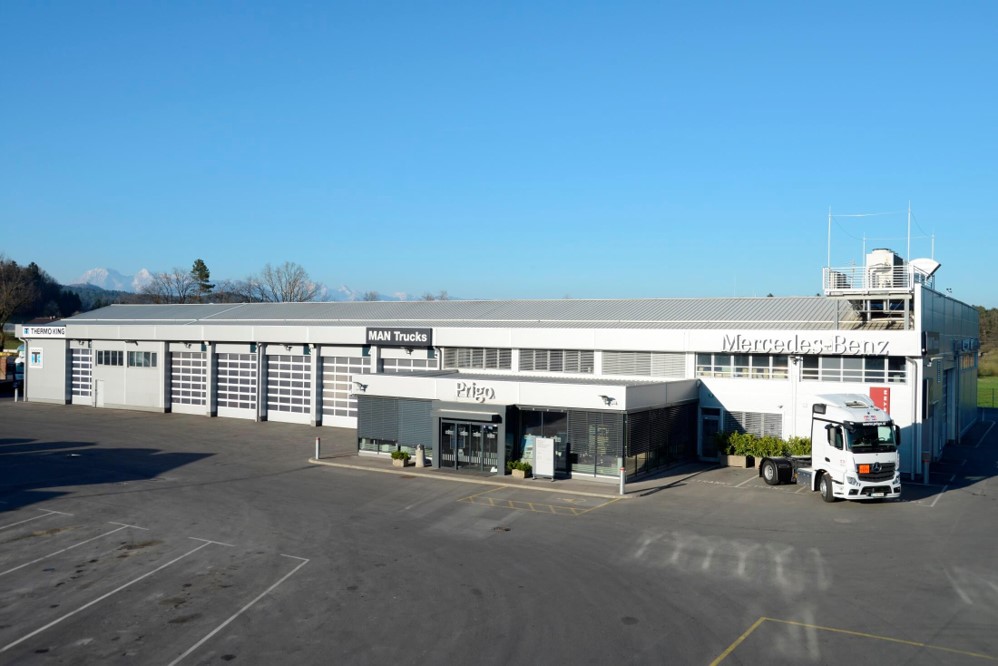
The organization has become very complex and demanding due to the wide array of activities. It was therefore essential to have a good overview of the organization.
Reliable control is needed for:
- arrivals at work and employee presence,
- tasks with pre-assigned completion time and monitoring time spent on tasks at the repair shop,
- issuance of goods in the repair shop,
- inter-departmental cooperation at the repair shop (for example, to ensure that the warehouse is not short of material),
- time spent by sales representatives and the number of customers they visit (up until now, this has been monitored through traditional travel orders).
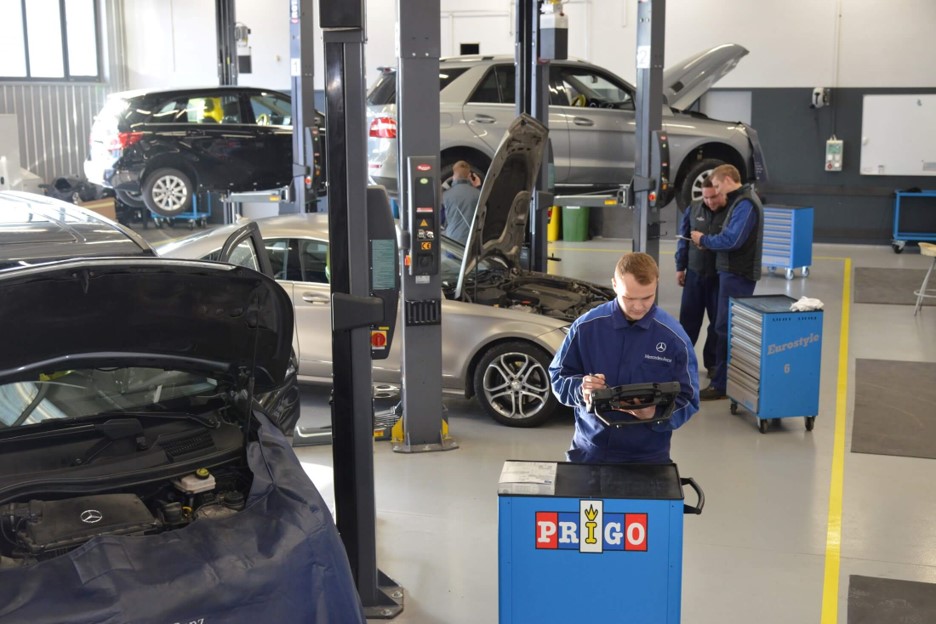
Igor Pristavec explains how complex the organization has become: “In technical terms, the mechanics are the biggest challenge. They have to reconcile two systems, the new All Hours and the Aranea system we have been using up until now. It is standard practice in mechanical workshops that for every vehicle there must be a time window during which a mechanic has to register. It is important to know if a mechanic spends 4 hours on a particular service against a 2-hour assigned time. This way we can monitor productivity. This is what Mercedes requires us to do.”
The organization of work is precise and complex, so the company wishes to monitor work orders in parallel with presence in the All Hours application. The link between the two systems was developed by the Spica development team. The solution extracts presence data from All Hours and sends it to the system for planning customers in the repair shop and allocating available resources (mechanics) to specific work orders. All this is also linked to the control of the issuance of spare parts.

“If a mechanic is not registered on the order, he cannot take over of the goods. So we also keep track of spare parts,” says Dušan Dragič, head of IT.
That's why in November 2021, the company launched the Spica’s new All Hours system as a test run. It was first tested on a test group and is now being rolled out to all company departments, except drivers.
The new system will be used by mechanics, sales specialists, administration and sales staff.
Solution
The new system will be used by around 170 employees/users. All clocking methods (terminals, computers, mobile devices) will be available at 4 locations/business units and 5 terminals. More than 20 time policy rules and work plans (reception, warehouse, administration, repair shop, laundry, etc.) have been created. The system will involve more than 30 departments and sub-divisions, more than 10 different administrators, heads, managers, and persons issuing authorizations. There will also be a link between All Hours and Aranea (the existing ERP for service and sales in Prigo), allowing the company to track their mechanics and their work by.
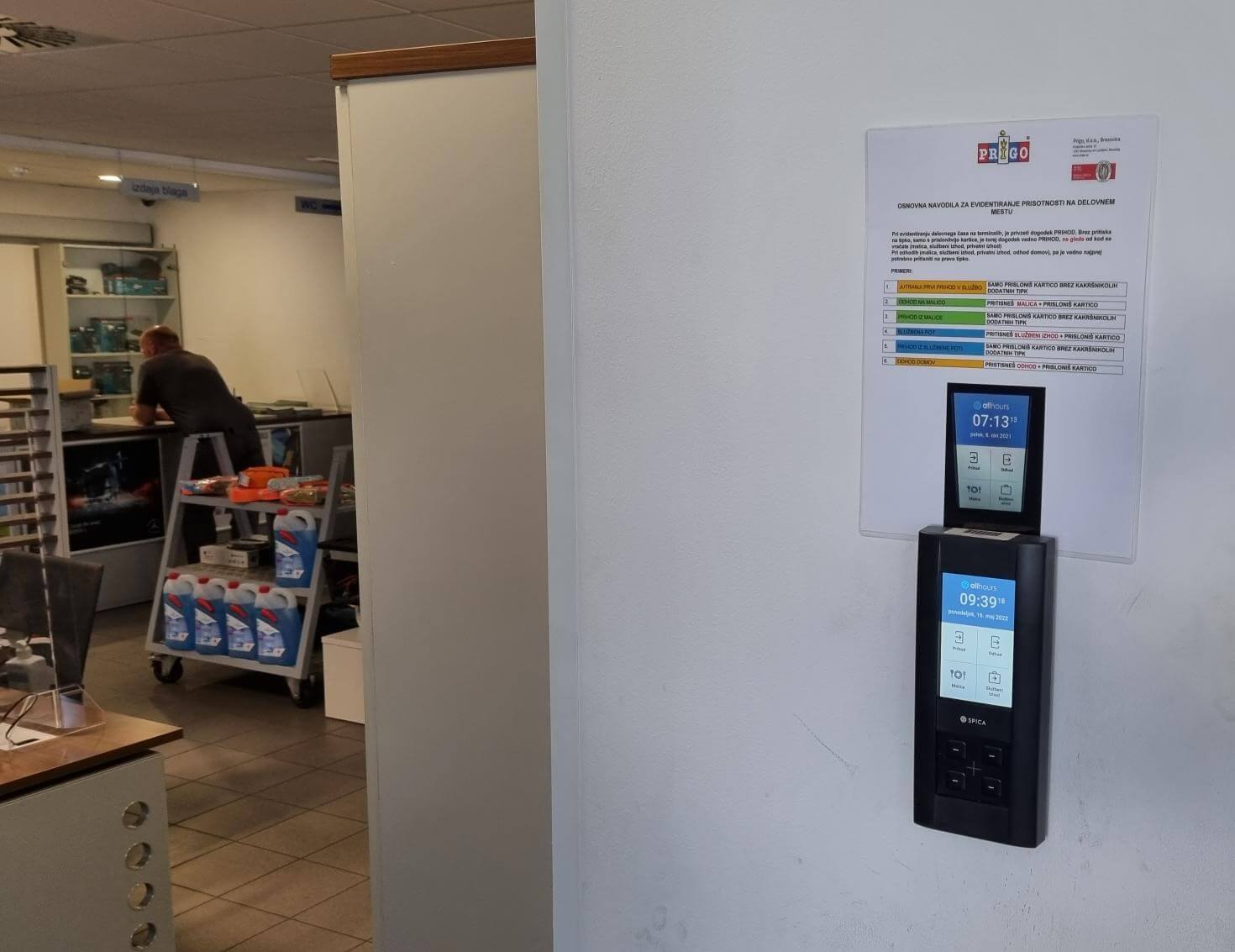
Mariša Martinčič describes the first effects of the new system as follows: “We had three different systems for recording working time... Now we have one. We also have a mobile app. We can better control the situation on the field. We get instant messages in the system if you leave work early, for example to pick up your child at nursery school. It is easier to keep track of presence and authorized early departures. There is also better control over afternoon work and work on holidays, absences for lunch, overtime... Overtime must be authorized by the manager. Unauthorized overtime is colored differently and therefore visible.”
HR now has direct access to see changes in the timetables and instances where data doesn't match. Mariša Martinčič is able to deal with many matters quickly and by herself, which was not possible before.
Once the system is fully in place, the amount of documentation for leave will be reduced. The amount of time spent on identifying missing presence/absence data will also be reduced. The overview will be better. Responsibility will be transferred to managers, who will have better control over their staff. The key objective is that after the end of the test period, the HR department would only carry out controlling. Each manager will be responsible for their own department and will have to have a complete overview of their employees, which the new system will allow them to do.
Employees will have different types of access to the new system. For some employees, a record entry point for start of work has been added to their computers. When they start their computer, they are logged in. For example, sales representatives or employees who work remotely can have it on their mobile device. Others have an entry point at the company entrances.
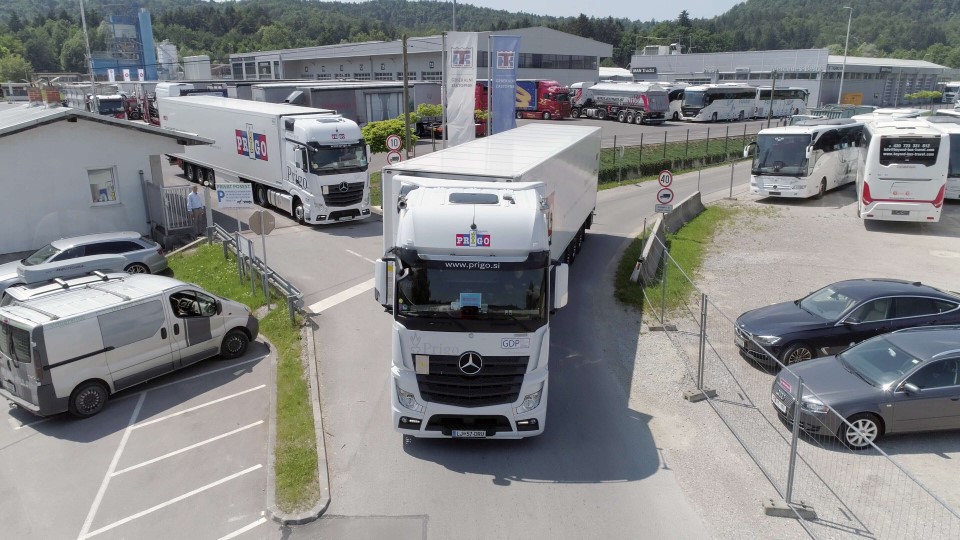
“We are also considering the use of a mobile app for field workers. However, precise rules need to be set and legislation needs to be complied with...,” explains Mariša Martinčič regarding the new plans.
At the same time, Martinčič hopes that employees will be able to coordinate their leave more easily and managers will have a better overview of monthly/yearly leave plans.
Dušan Dragič also sees potential from the IT point of view: “It is easier to maintain one system instead of three. In the future, we will further improve the transfer of payroll data from the Spica solution to Vasco so that the transfer is automatic. That way, overtime, lunch break, etc. will not have to be counted for each worker. The idea is to record all these events in a single app.”
Results
The practical results of the new solution show in several areas. Our interlocutors presented the results in their own field.
Easier control.
Mariša Matinčič, HR: “From now on, I will only do controlling. I won't have to spend more than a week every month chasing down incomplete data."
Higher productivity.
Igor Pristavec, co-owner and CEO: “With the new system, I will be able to better monitor our productivity.”
An efficient IT system.
Dušan Dragič, IT Department: “The biggest advantage for us is the synthesis of systems and consolidated transfer of all data in a single application.
Anecdote: ”Why are there shortfall hours in my working time records?”
”Every innovation gives rise to anecdotes. In Prigo, these already appeared during the testing stage of the new All Hours system. Mariša Martinčič:
“When we started to introduce the new system, everyone suddenly started asking why there were so many shortfall hours in their timesheets. Before, no one bothered about working hours, but after that the phones were ringing.” But the reason for the shortfall in working hours was technical. Under the new system, the first day of the month will show -8 hours. Because employees have not yet worked these hours. 😊


